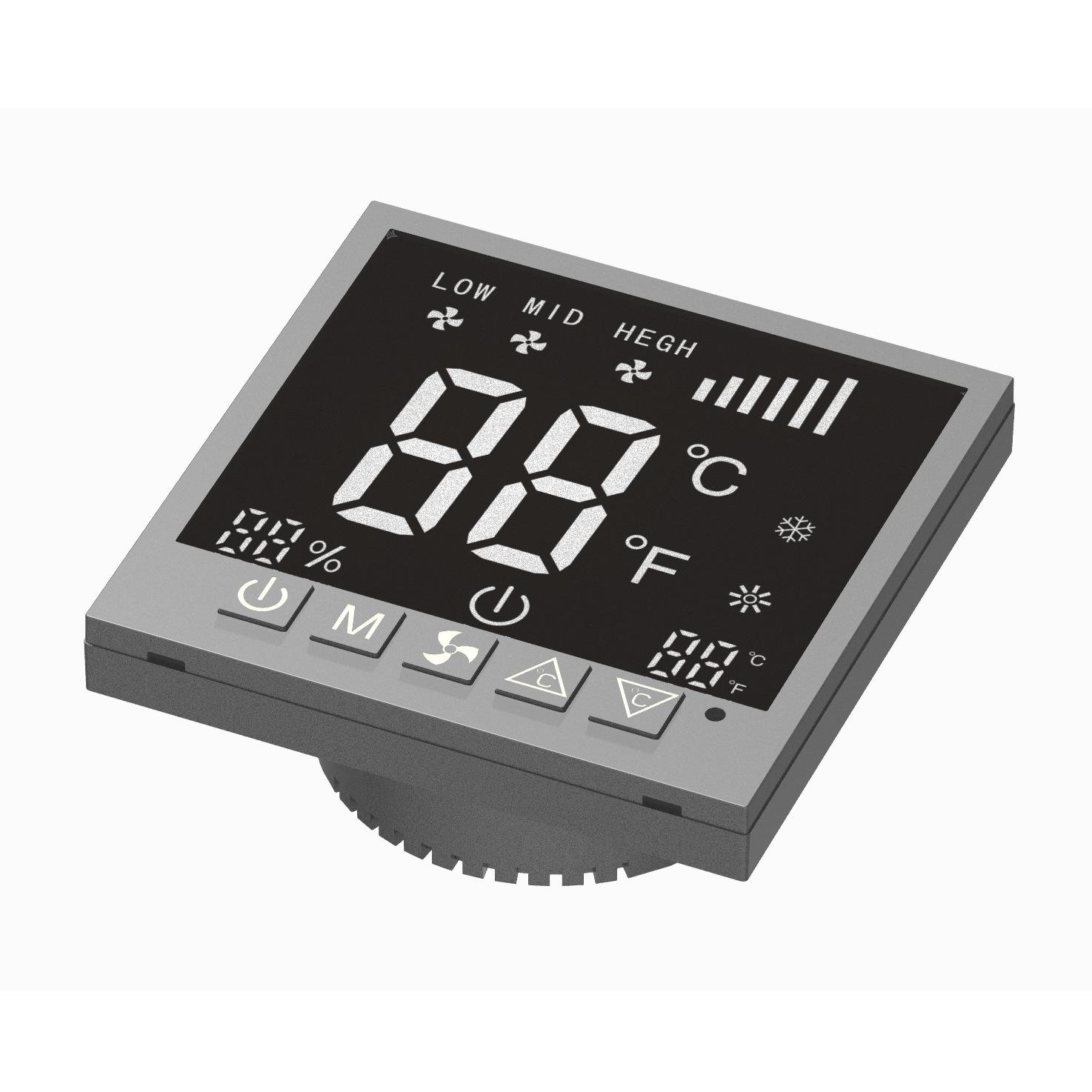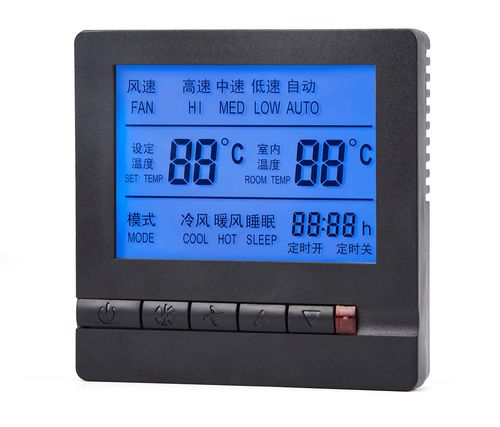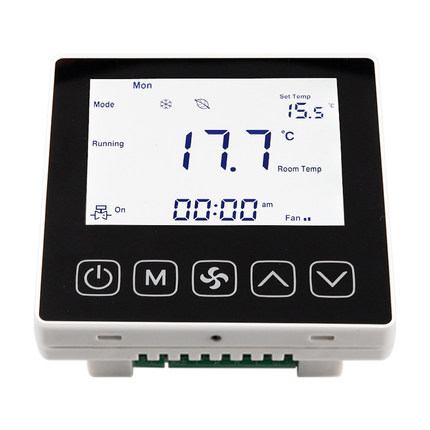The development of building thermostats and security systems has a great impact on the demand for LCD displays.
In terms of building thermostats, with the rise of smart buildings, the functions and intelligence of thermostats are also improving. As the human-computer interaction interface of the thermostat, the LCD display needs to have a large display area and resolution so that users can clearly see information such as temperature and humidity. In addition, the LCD display screen also needs to have a touch function, so as to facilitate users to perform operations such as temperature adjustment and timing switch. With the development of touch technology, more new LCD displays can support multi-touch and handwriting input, providing a more convenient and intuitive operation experience.
In terms of security, LCD displays are widely used in monitoring systems. For the centralized display of multiple surveillance cameras, a large-size high-definition LCD display is required to display clear and detailed surveillance images. In addition, the security system also needs to support the screen segmentation function, that is, to display multiple monitoring images on the LCD screen at the same time, which requires the display screen to provide sufficient pixels and display area.
All in all, with the intelligent development of building thermostats and security systems, the demand for feature-rich, high-resolution, touch-operated LCD displays is also increasing. At the same time, with the continuous advancement of technology, LCD displays may become thinner, more transparent, more durable, and lower power consumption in the future to meet the ever-changing needs of building thermostats and security systems.
Building thermostats and security LCD displays have the following features:
High resolution: LCD displays usually have high resolution, which can display clear and detailed images and text information, making it easy for users to read and operate.
Large size: Building thermostats and security LCD displays generally require larger sizes to be able to display more information or monitoring images. The large-size display can provide a wider field of vision and enhance the user experience.
Touch function: In order to facilitate the operation of users, building thermostats and security LCD displays usually have touch functions. Users can adjust the temperature, select the monitoring screen and other operations by touching the screen, making the whole operation more intuitive and convenient.
Wide viewing angle: The LCD display has a good viewing angle, and users can observe clear images from different angles. Whether it is in a building thermostat or a security monitoring system, it can provide a more comprehensive view.
Strong Durability: Building thermostats and security LCD displays usually need to operate for a long time and may be affected by the external environment. Therefore, the LCD display screen needs to have strong durability and be able to withstand long-term use and a certain degree of external vibration, friction, and the like.
Energy saving and power saving: Since building thermostats and security systems usually need to run 24 hours a day, in order to reduce energy costs, LCD displays need to have low power consumption characteristics to reduce power consumption.
The above are some common features of building thermostats and security LCD displays, which can improve user experience and promote the stable operation of the system.
Building thermostats and security LCD displays mainly use the following types:
TFT-LCD: TFT-LCD (Thin Film Transistor Liquid Crystal Display) is one of the most widely used LCD display technologies. It has high resolution, fast response time and high color expressiveness, and is suitable for scenarios where complex images and videos need to be displayed in building thermostats and security systems.
Mono LCD: LCD displays are usually used for low power consumption and customizable display requirements in building thermostats and security systems. It has the characteristics of ultra-low power consumption, high contrast and wide viewing angle, and is suitable for displaying dynamic information.
OLED: OLED (Organic Light Emitting Diode) displays are self-illuminating, eliminating the need for a backlight, enabling higher contrast and wider viewing angles. The image quality of the OLED display is better, and it also has a higher response speed, which is suitable for scenes that need to display high-contrast, high-definition images in building temperature control and security systems.
LED: LED (Light Emitting Diode) displays are commonly used for display and indication functions in building thermostats and security systems. The LED screen has the characteristics of high brightness, long life and low power consumption, and is suitable for use outdoors or in places that need to run for a long time.
To sum up, the main types of building thermostats and security LCD displays include TFT-LCD, Mono LCD OLED and LED. Choosing the right display type should be evaluated and selected according to specific requirements and scenarios.
Post time: Jul-26-2023








